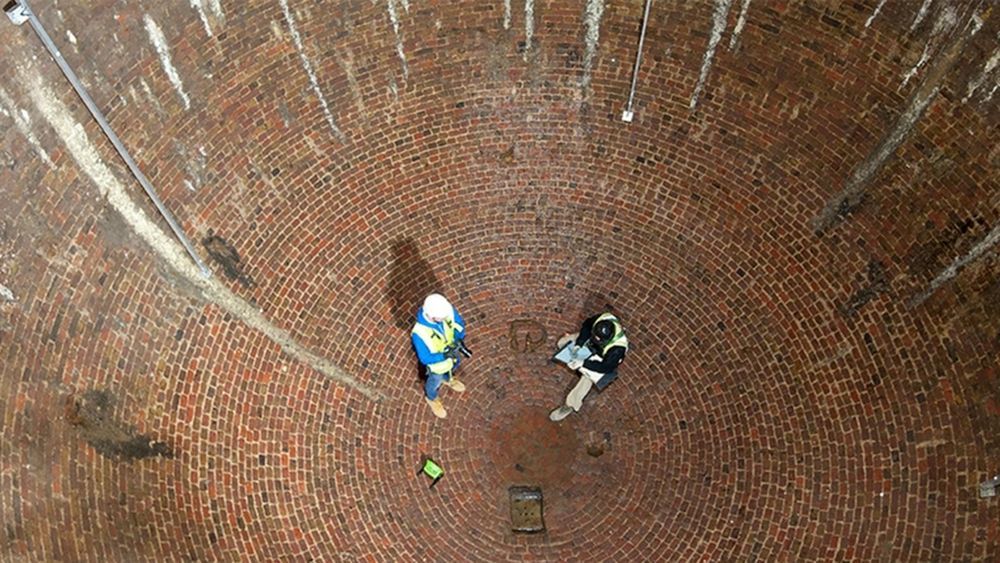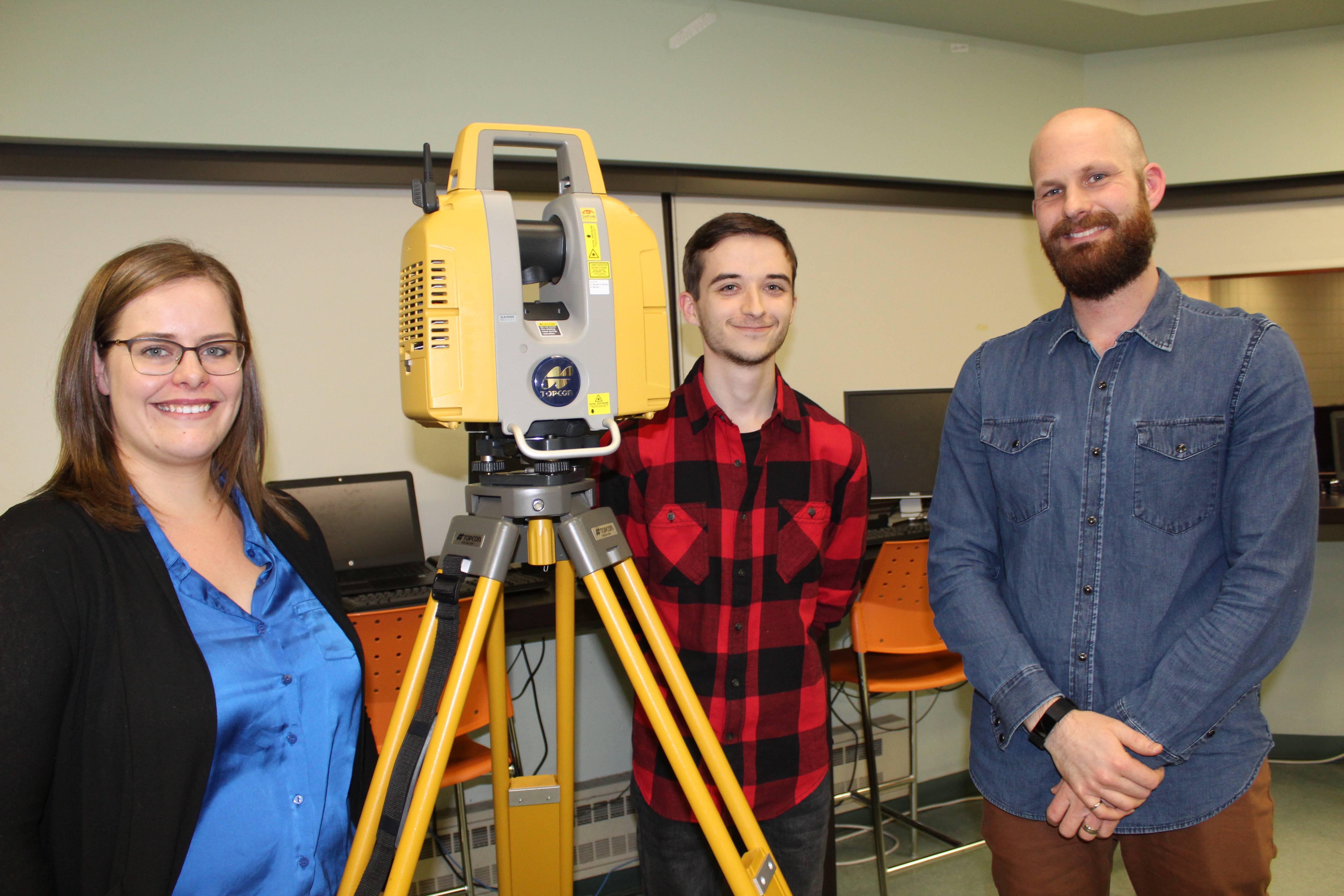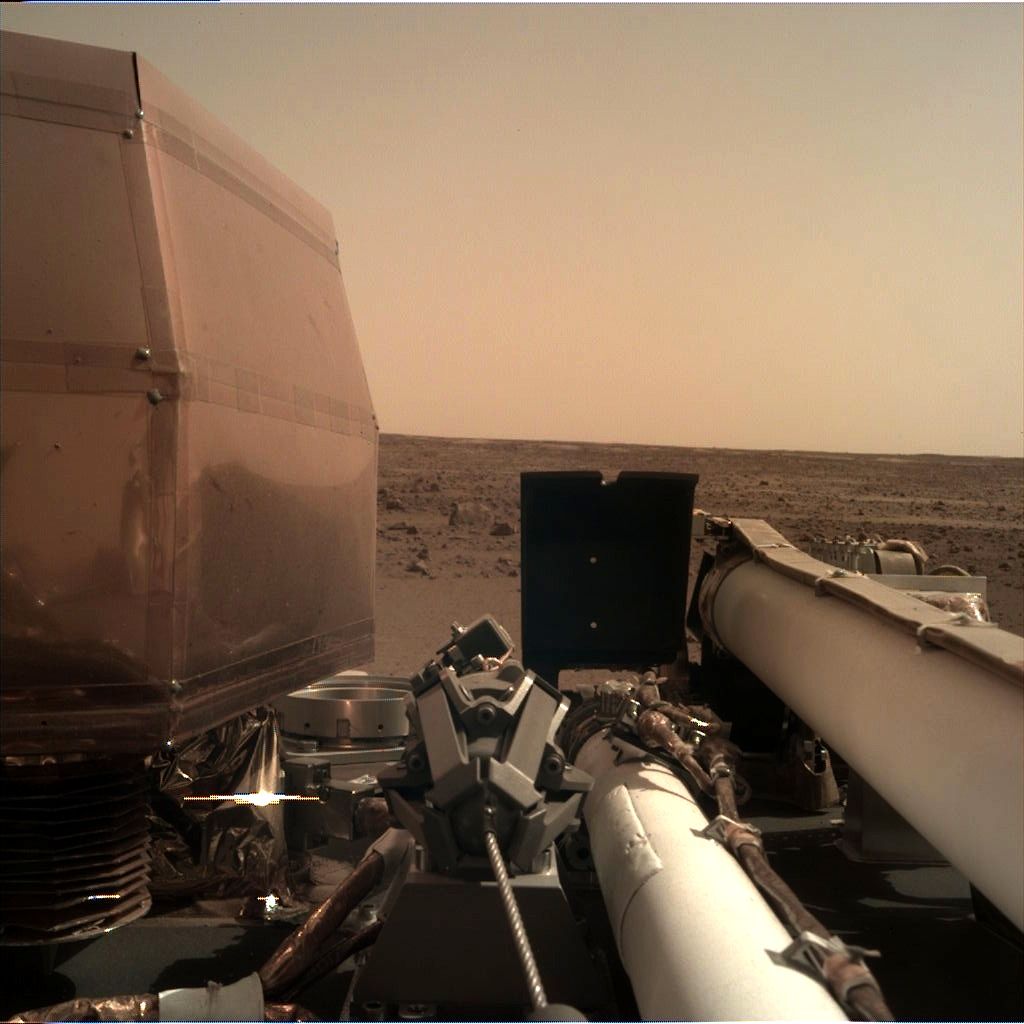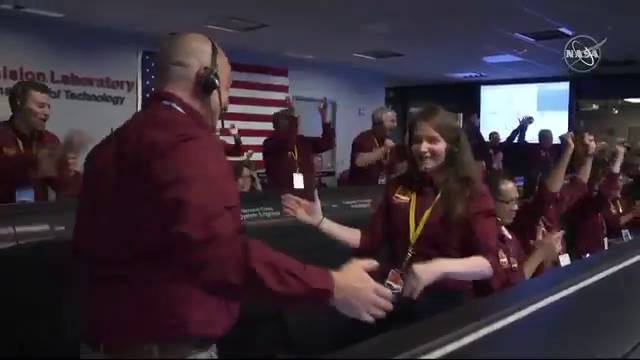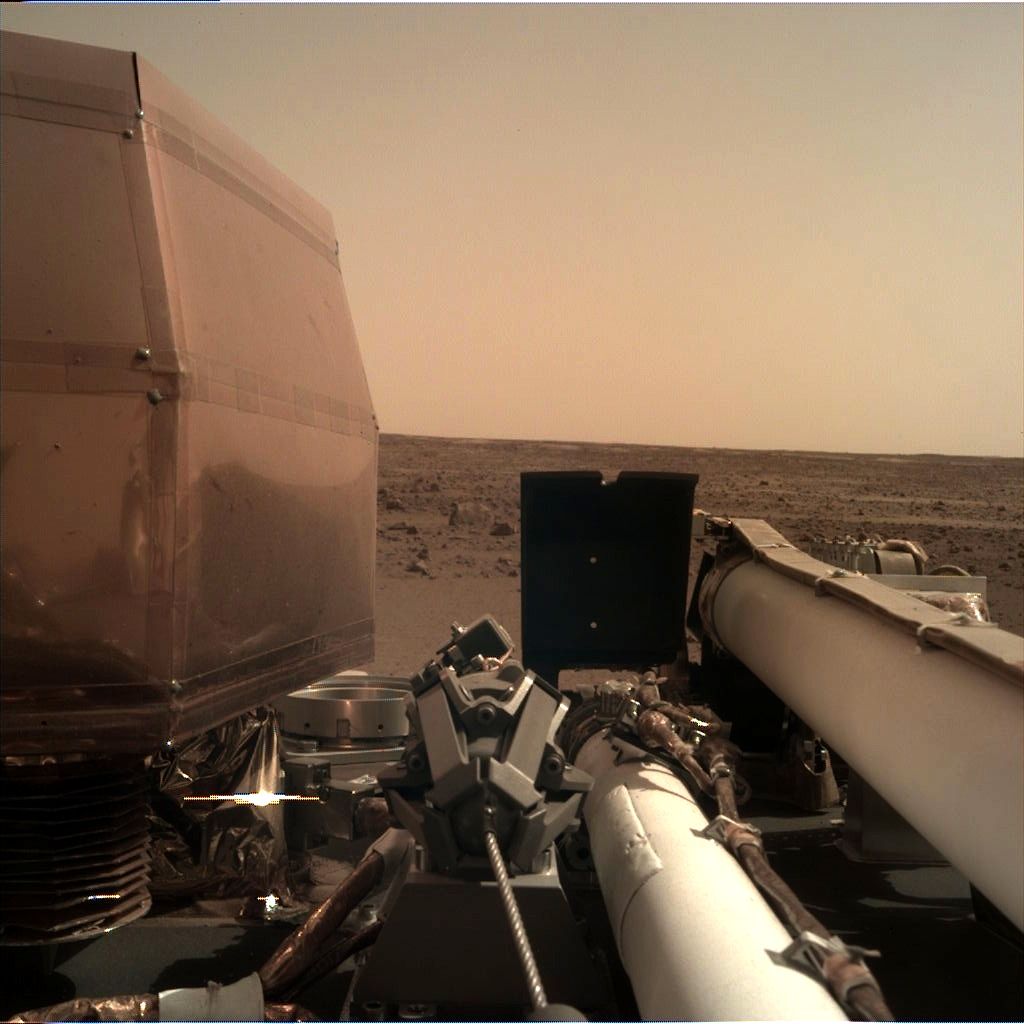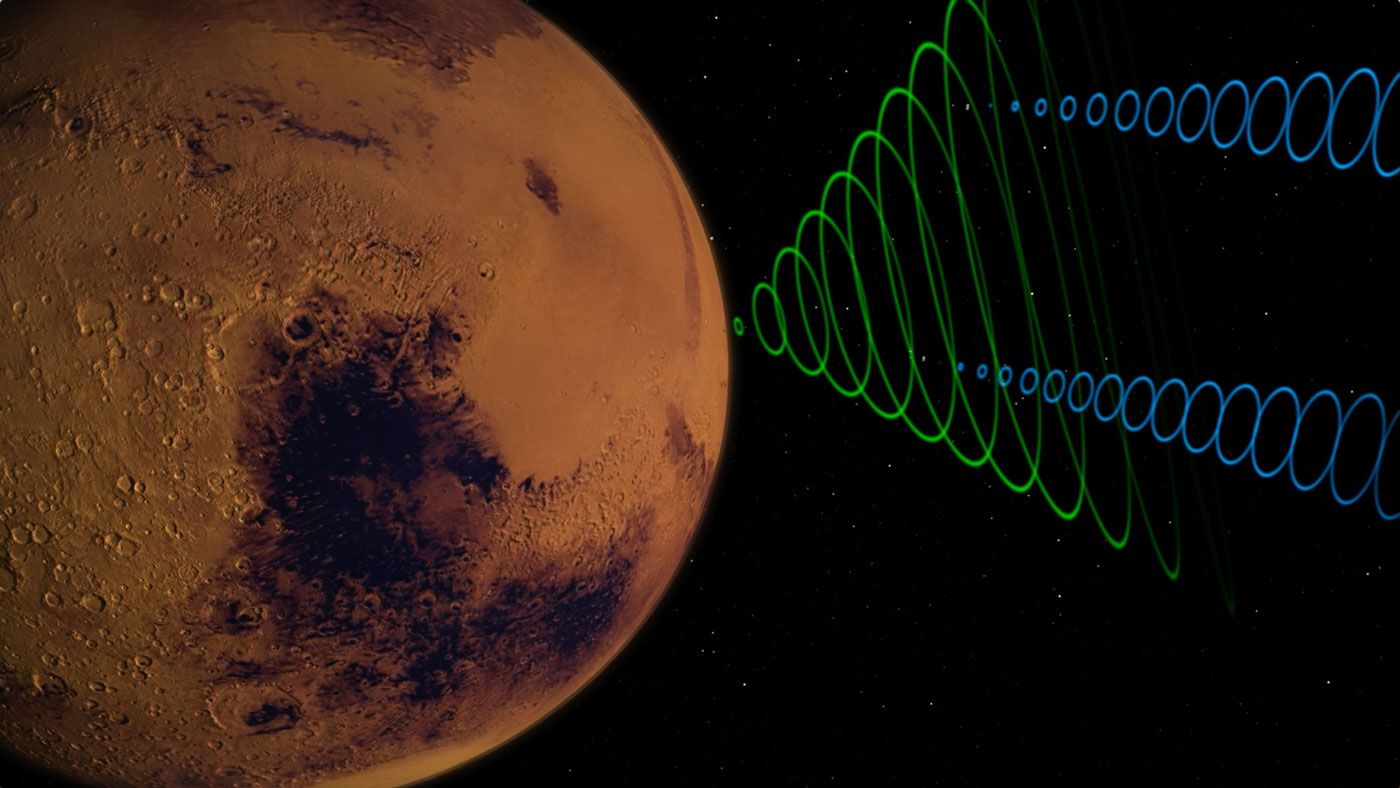Dec 28, 2018
Enormous 18th-Century Ice House Re-Discovered Under London Street
Posted by Genevieve Klien in category: habitats
Archaeologists in London have re-discovered a subterranean ice house near Regent’s Park. Dating back to the 1780s, the egg-shaped cavern was used to store ice, which was imported from as far away as Norway.
Made from brick, the structure would have been one of the largest of its kind at the time, according to the Museum of London Archaeology (MOLA). The egg-shaped chamber measures 25 feet (7.5 meters) wide and 31 feet (9.5 meters) deep. Archaeologists with MOLA found the ice house, also known as an ice well, along with its entrance chamber and vaulted ante-chamber, during preparations for the development of the Regent’s Crescent residential project.
